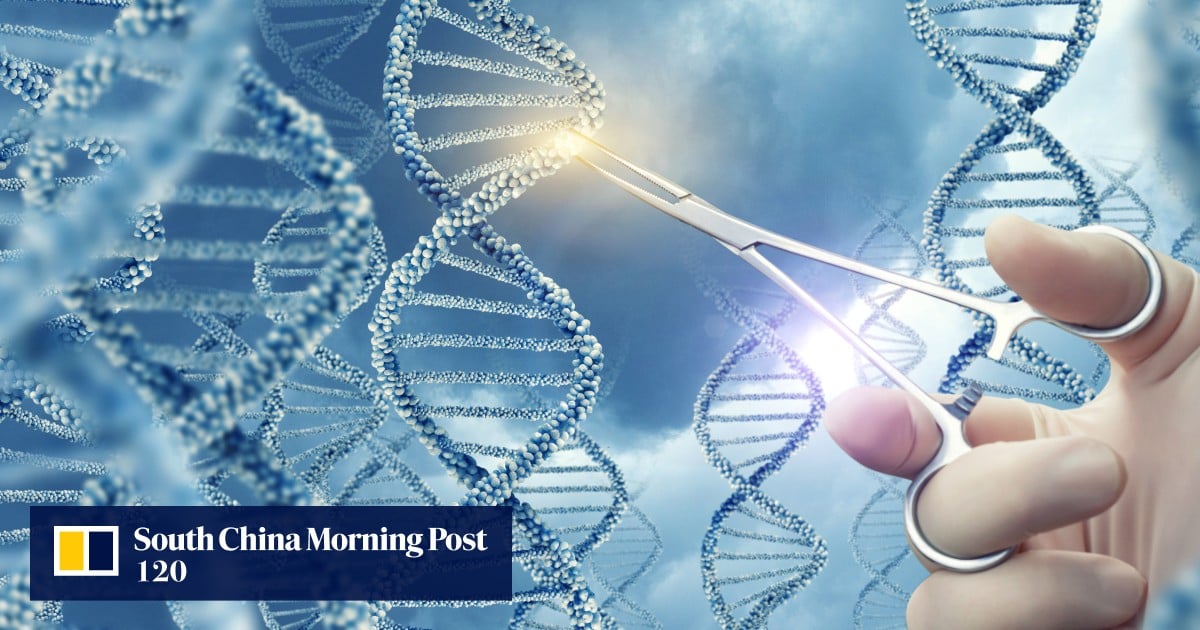There is no single known cause, but researchers have identified genetic mutations that may lead to the condition.
The Chinese team noted that both mice and non-human primates had been used in the past to model autism spectrum disorder, in the hope of understanding “the molecular and neural circuit mechanisms”.
But they said neither were ideal. The brains and behaviour of mice are very different from humans’ – so any treatments based on mouse models might not translate, according to the paper. And although the behaviour of non-human primates is closer to that of humans, their long reproductive cycles and low birth rates make them difficult and costly to use in studies.
“The core feature of [autism spectrum disorder] is social behavioural impairment, which cannot be faithfully recapitulated in rodents, even in non-human primates,” Zhang Yongqing, a professor at the CAS Institute of Genetics and Developmental Biology in Beijing, told the South China Morning Post.
In the paper, the researchers said dogs could be a more suitable model given their complex social interactions with humans and comparable drug metabolism. Dogs also have a high reproductive rate, making them more feasible for research.
Zhang said dogs’ interactions with humans were “so similar to human-human interactions”, and researchers could take advantage of these similarities to study human conditions such as autism.
People with autism spectrum disorder can have a wide range of characteristics that vary in severity – including highly focused interests, sensory needs and aversions, difficulty with social interaction, expression and emotions, according to the US National Institute of Mental Health. Current treatment includes improving social and life skills, as well as treating behavioural symptoms such as anxiety and aggression.
Zhang said while researchers had been able to better understand the genes associated with autism spectrum disorder, there had not been major progress on treating the condition.
“We are still kind of in the dark,” he said.
The researchers hope dog models could be used to develop new drugs to treat the condition, as well as to identify social adjustment interventions.
For the study, they carried out behavioural testing on dogs with the mutated gene to see how they differed from the controls. This included using machine learning to analyse tail position and wagging, as well as observing interactions with humans and other dogs.
They found that the mutant dogs “exhibited distinct and robust social behavioural deficits including social withdrawal and reduced social interactions with humans”, the paper said.
Zhang said analysing things like tail position and wagging using artificial intelligence allowed the team to understand the animal’s “emotional state”.
When the mutant dogs were more socially withdrawn and had stiff or tucked tails, as well as exhibited less tail wagging, the team found that levels of the stress hormone cortisol in their blood was also significantly elevated.
The research team have also developed an eye-tracking technique to analyse behaviour in dogs – a method already used to study human behaviour – which they outlined in a separate paper published in the journal on the same day.
“Eye tracking is a very translatable technique,” Zhang said, adding that it is difficult to study in models like mice since eye contact is not central to their behaviour as it is for dogs.
He said one research direction was to “evaluate the potential for drugs and non-invasive interference strategies” such as transcranial magnetic therapy, which Zhang said could involve collaboration with other scientists.
Another is to develop more dog models using different genes that have been identified as mutated in people on the spectrum, and compare the impact.
However, he said attempts to edit other genes associated with autism had failed and the team had been “lucky” with SHANK3. “We don’t know why this one succeeded and others failed,” he said, adding that more trials were needed to produce successful mutants of other genes.
Zhang said dog models could also be used to look at other conditions related to brain development caused by mutations.
This content was originally published here.
